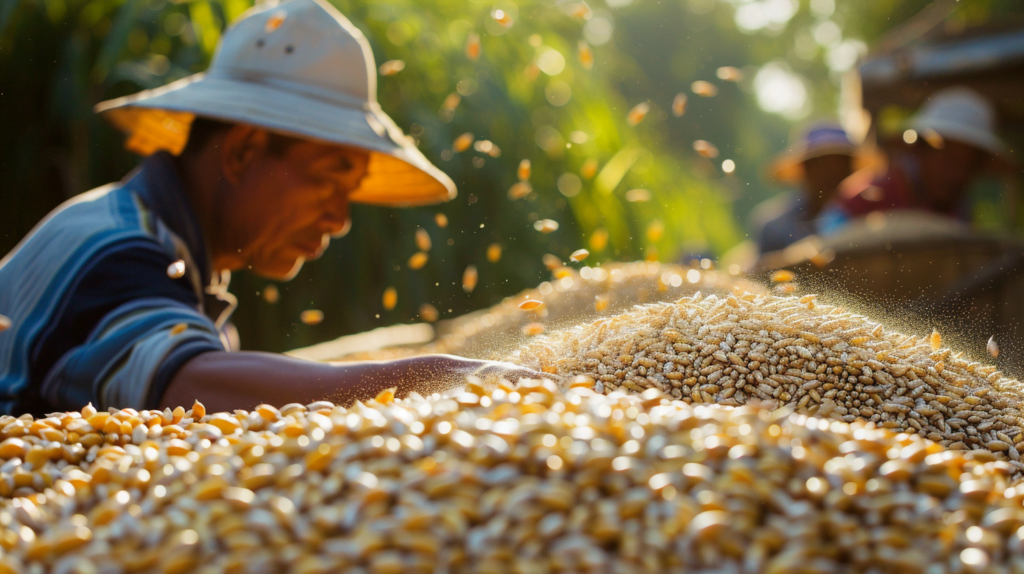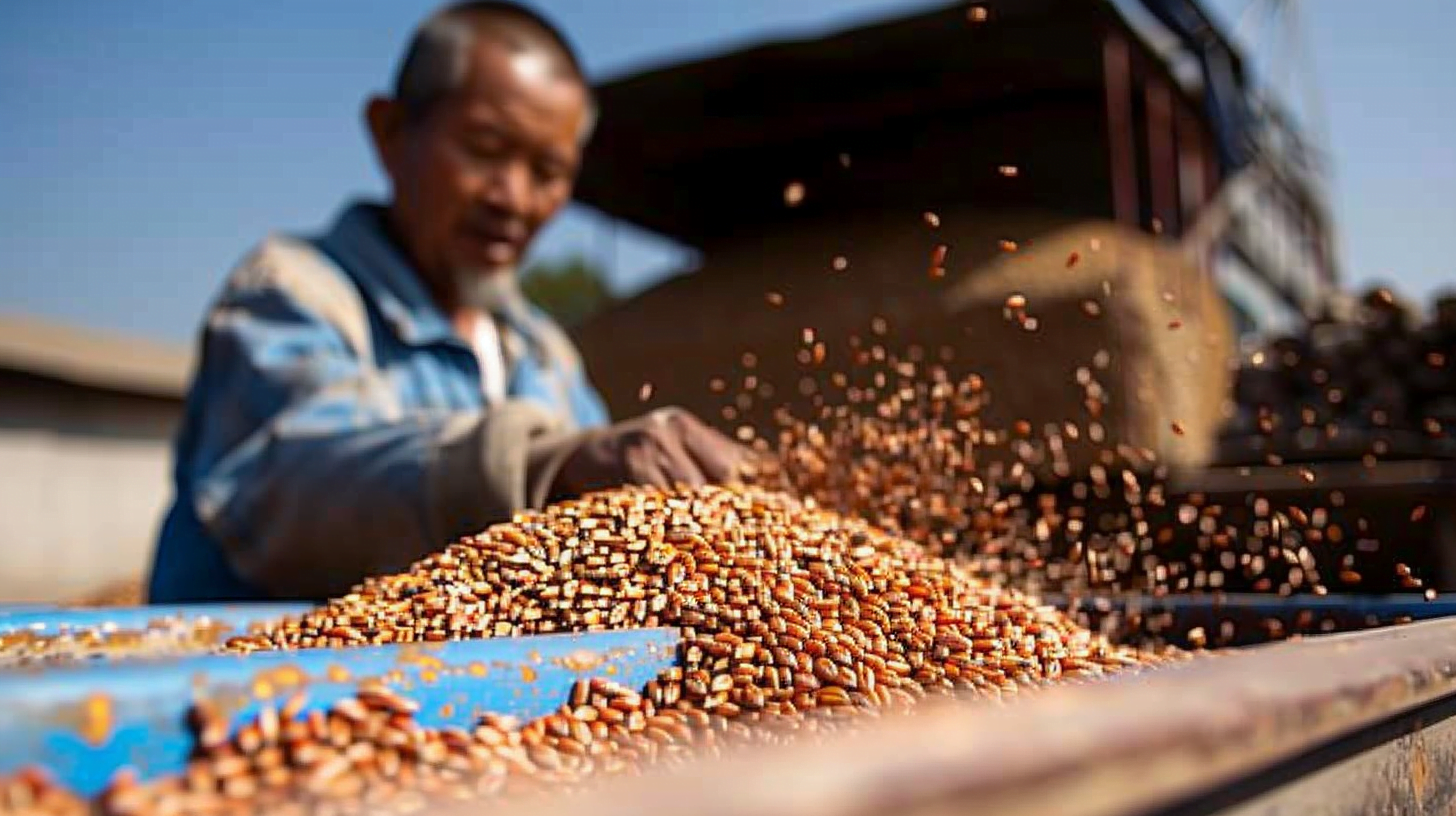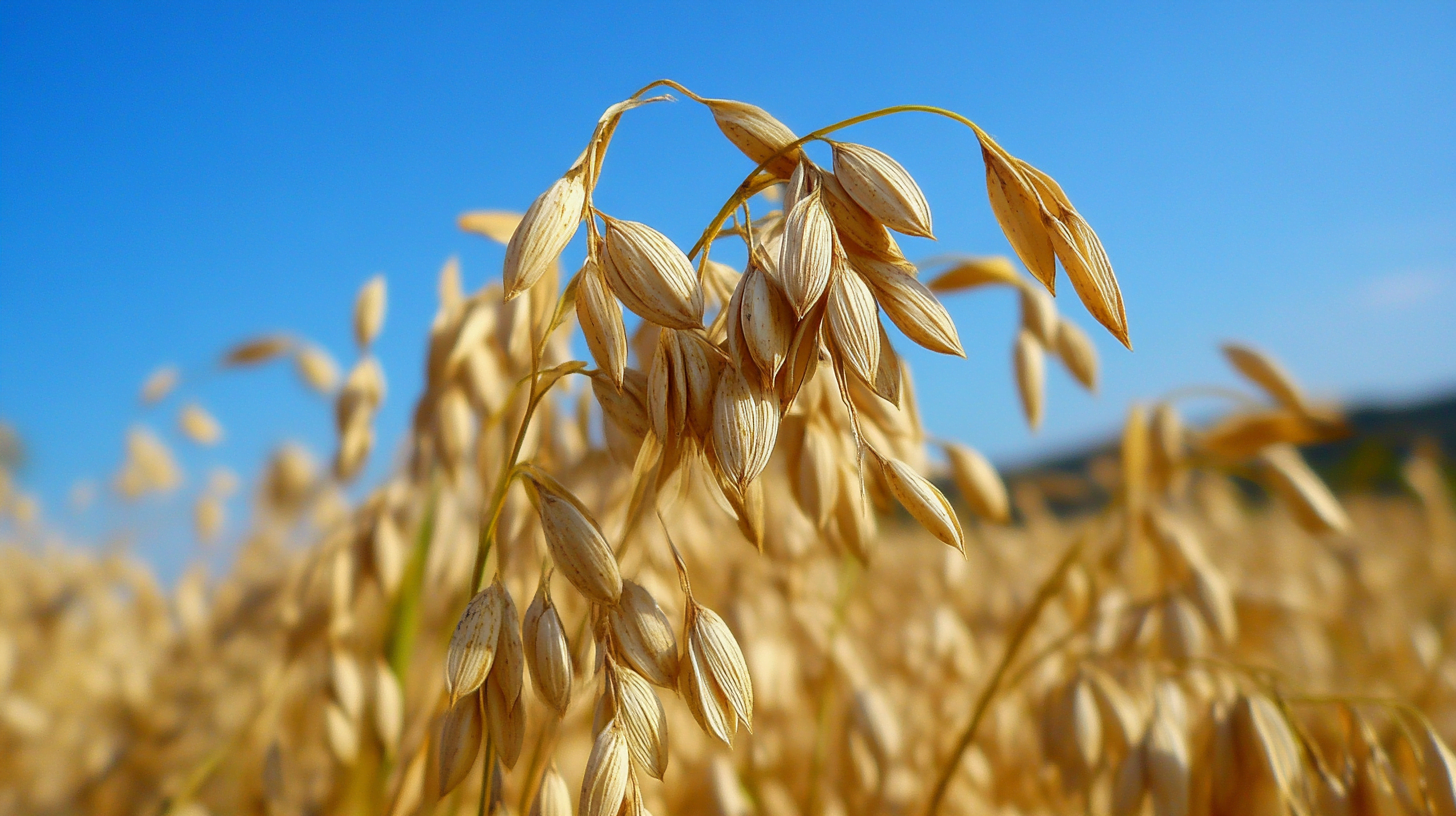China is the world’s largest producer and consumer of wheat, with this staple grain playing a crucial role in the nation’s agriculture, food security, and economic development. In this comprehensive article, we’ll delve into the complexities of China’s wheat trade policies, exploring how the country balances domestic production, imports, and exports to meet its evolving needs.
The Importance of Wheat in China
Wheat has been a staple food in China for millennia, with the country currently producing around 130 million metric tons annually, accounting for nearly 18% of global wheat production. The main wheat-growing regions in China include:
- Henan Province
- Shandong Province
- Hebei Province
- Anhui Province
- Jiangsu Province
These provinces, located in central and eastern China, benefit from favorable climatic conditions and fertile soils, enabling high wheat yields.
Domestic Wheat Policies: Ensuring Self-Sufficiency
China’s wheat trade policies are shaped by the government’s overarching goal of maintaining a high degree of self-sufficiency in staple grains. To support domestic wheat producers, the Chinese government employs various measures:
- Subsidies: Wheat farmers receive direct subsidies based on the area planted, helping to offset production costs and ensure a stable income.
- Price Controls: The government sets minimum procurement prices for wheat, guaranteeing farmers a fair price for their harvest.
- State Reserves: China maintains substantial state reserves of wheat, which can be released into the market to stabilize prices and ensure adequate supplies.
- Research and Development: The government invests in agricultural research to develop high-yielding, disease-resistant wheat varieties and improve farming practices.
These policies have helped China achieve a wheat self-sufficiency rate of around 95%, reducing the country’s dependence on imports.
Import Policies: Managing Domestic Demand
Despite its high self-sufficiency rate, China still relies on wheat imports to meet domestic demand, particularly for high-quality wheat used in specialty products. However, the government maintains strict control over wheat imports through various measures:
- Tariff-Rate Quotas (TRQs): China allocates TRQs to state-owned enterprises and private companies, allowing them to import wheat at a lower tariff rate. Out-of-quota imports face significantly higher tariffs.
- Non-Tariff Barriers: Imported wheat must meet strict phytosanitary requirements and quality standards, which can act as barriers to trade.
These import policies help protect domestic wheat producers and ensure that imports do not undermine China’s food security goals.
Export Policies: Balancing Surpluses and Quality
While China is primarily a wheat importer, the country occasionally exports wheat during years of surplus production. To support wheat exports, the government provides subsidies and tax rebates to exporters, helping them compete in international markets.
China also focuses on exporting high-quality wheat and wheat products, such as:
- Specialty noodles
- Dumplings
- Steamed buns
- Pastries
By emphasizing quality and value-added products, China aims to differentiate its wheat exports and capture a larger share of the global market.
Factors Influencing China’s Wheat Trade Policies
Several factors shape China’s approach to wheat trade:
- Food Security Concerns: Ensuring a stable and affordable supply of wheat for its 1.4 billion population is a top priority for the Chinese government.
- Domestic Production Variability: Fluctuations in domestic wheat output due to weather, pests, and other factors can impact import and export decisions.
- International Trade Agreements: China’s WTO commitments and bilateral trade agreements influence its wheat trade policies and market access.
- Geopolitical Considerations: China’s relationships with major wheat-exporting countries, such as the United States, Canada, and Australia, can affect trade flows and policy decisions.
| Country | Wheat Exports to China (2020) |
|---|---|
| United States | 1.2 million metric tons |
| Canada | 1.1 million metric tons |
| Australia | 0.8 million metric tons |
| France | 0.5 million metric tons |
Source: USDA Foreign Agricultural Service
These factors highlight the complex interplay of domestic and international forces that shape China’s wheat trade policies.
Recent Developments and Future Outlook
In recent years, China has gradually loosened its restrictions on wheat imports, driven by rising domestic demand and the need to diversify supply sources. The government has also taken steps to improve the efficiency and competitiveness of domestic wheat production, investing in modern farming technologies and infrastructure.
Looking ahead, China’s wheat trade policies will likely continue to evolve in response to changing domestic and global market conditions. Key trends to watch include:
- Increased private sector participation in wheat imports and distribution
- Diversification of import sources to reduce dependence on a few suppliers
- Development of high-quality wheat varieties for export markets
- Balancing food security concerns with the benefits of trade liberalization
As China navigates these challenges and opportunities, its wheat trade policies will have significant implications for global wheat markets and food security.

Conclusion
China’s wheat trade policies reflect the country’s efforts to balance domestic food security, economic growth, and international trade obligations. By supporting domestic production, managing imports, and promoting exports of high-quality wheat products, China aims to maintain stability in its wheat sector while adapting to changing market conditions.
As the world’s largest wheat producer and consumer, China’s wheat trade policies have far-reaching impacts on global markets and food security. Understanding these policies is essential for stakeholders in the global wheat value chain, from farmers and traders to policymakers and consumers.
FAQs
- Q: How much wheat does China import annually?
A: China imports around 5-10 million metric tons of wheat annually, depending on domestic production levels and market conditions. - Q: What are the main sources of China’s wheat imports?
A: The main sources of China’s wheat imports include the United States, Canada, Australia, and France. - Q: How do China’s wheat trade policies affect global wheat prices?
A: China’s wheat trade policies can have significant impacts on global wheat prices, as changes in Chinese demand or supply can influence market dynamics and price fluctuations. - Q: Can foreign companies invest in China’s wheat industry?
A: Foreign investment in China’s wheat industry is allowed, but it is subject to government regulations and restrictions, particularly in areas deemed strategically important for food security. - Q: What types of wheat products are most popular in China?
A: Popular wheat products in China include noodles, steamed buns, dumplings, and pastries, with regional variations reflecting diverse culinary traditions across the country.



